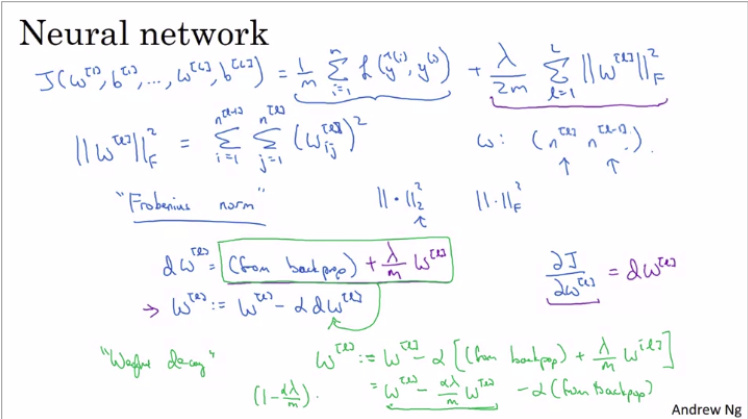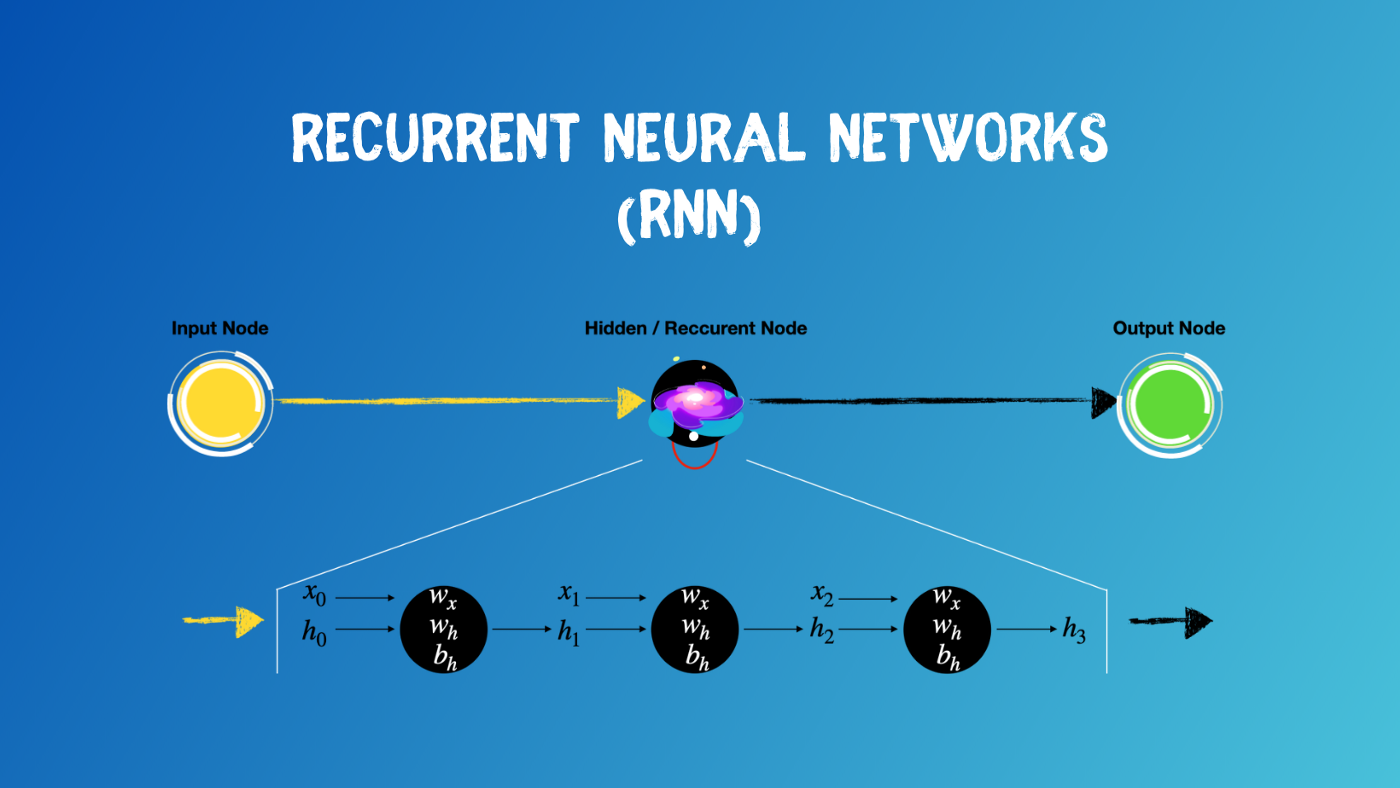
The problem of diminishing gradients can be solved using LSTM. The advantage of this type of network is that training time is very short, while accuracy is high. Niklas Donges, an entrepreneur as well as an AI engineer from SAP, can provide more information about LSTM. Markov Solutions is a company that specializes on artificial intelligence.
Unrolled recurrent neural network
Recurrent neural network are designed to take the outputs from past time steps as inputs and create a graph of repeating cycles. Recurrent neural networks are not easy to understand. A solution to this problem is to roll the network, copy it for each input step, and then update the input weights. The following section will explore this technique and give an overview of the benefits and disadvantages.

Activation function
Recurrent neural network solves language translation and speech recognition problems by using sequenced data. These networks use gradient descent and backpropagation of errors to learn to interpret data. Pathmind automatically applies neural networks to simulate scenarios. Here are some examples of how recurrent neural networks work. Next, learn about their features and how you can solve these challenging problems. This article will focus on two of the features.
Loss function
Recurrent neural networks are types of neural networks that keep the sequential information in place over many time points. These networks can be used to influence the processing and cascading of new examples. They can also discover long-term relationships between events. In other words, they can learn to share weights over time. This is an example of how a neural network that recurs can work.
Structure
A recurrent neural network (RNN) remembers the past and influences decisions based on that information. The basic feed forward network retains information it has seen during training. For example, the image classifier learns what looks like "1" during training and then uses that information in production. In the next example the recurrent neuro network is applied. The output vectors it produces will then be displayed.

Applications
Recurrent neural nets are artificial deep learning neural systems that process data in an orderly fashion. They recognize patterns in the data and produce outputs from a specific perspective. Their outputs can be represented as vectors. This is a type o text-to–machine translation. They can be used for speech synthesis, language modeling, and sarcasm detection. Listed below are some of the most prominent examples of recurrent neural networks and their uses.
FAQ
Is AI possible with any other technology?
Yes, but not yet. There are many technologies that have been created to solve specific problems. But none of them are as fast or accurate as AI.
What does the future hold for AI?
Artificial intelligence (AI), which is the future of artificial intelligence, does not rely on building machines smarter than humans. It focuses instead on creating systems that learn and improve from experience.
So, in other words, we must build machines that learn how learn.
This would enable us to create algorithms that teach each other through example.
Also, we should consider designing our own learning algorithms.
It's important that they can be flexible enough for any situation.
What are some examples AI-related applications?
AI is used in many areas, including finance, healthcare, manufacturing, transportation, energy, education, government, law enforcement, and defense. Here are just some examples:
-
Finance - AI is already helping banks to detect fraud. AI can identify suspicious activity by scanning millions of transactions daily.
-
Healthcare – AI helps diagnose and spot cancerous cell, and recommends treatments.
-
Manufacturing - AI is used in factories to improve efficiency and reduce costs.
-
Transportation – Self-driving cars were successfully tested in California. They are currently being tested around the globe.
-
Energy - AI is being used by utilities to monitor power usage patterns.
-
Education – AI is being used to educate. For example, students can interact with robots via their smartphones.
-
Government – AI is being used in government to help track terrorists, criminals and missing persons.
-
Law Enforcement - AI is used in police investigations. Search databases that contain thousands of hours worth of CCTV footage can be searched by detectives.
-
Defense – AI can be used both offensively as well as defensively. An AI system can be used to hack into enemy systems. Defensively, AI can be used to protect military bases against cyber attacks.
Who is the leader in AI today?
Artificial Intelligence (AI), a subfield of computer science, focuses on the creation of intelligent machines that can perform tasks normally required by human intelligence. This includes speech recognition, translation, visual perceptual perception, reasoning, planning and learning.
There are many types today of artificial Intelligence technologies. They include neural networks, expert, machine learning, evolutionary computing. Fuzzy logic, fuzzy logic. Rule-based and case-based reasoning. Knowledge representation. Ontology engineering.
It has been argued that AI cannot ever fully understand the thoughts of humans. However, recent advancements in deep learning have made it possible to create programs that can perform specific tasks very well.
Today, Google's DeepMind unit is one of the world's largest developers of AI software. Demis Hashibis, who was previously the head neuroscience at University College London, founded the unit in 2010. DeepMind, an organization that aims to match professional Go players, created AlphaGo.
Why is AI important?
It is predicted that we will have trillions connected to the internet within 30 year. These devices include everything from cars and fridges. Internet of Things (IoT), which is the result of the interaction of billions of devices and internet, is what it all looks like. IoT devices and the internet will communicate with one another, sharing information. They will be able make their own decisions. A fridge might decide whether to order additional milk based on past patterns.
It is predicted that by 2025 there will be 50 billion IoT devices. This is a great opportunity for companies. But it raises many questions about privacy and security.
How does AI work
An algorithm is a set of instructions that tells a computer how to solve a problem. An algorithm can be described in a series of steps. Each step has a condition that determines when it should execute. A computer executes each instruction sequentially until all conditions are met. This process repeats until the final result is achieved.
Let's suppose, for example that you want to find the square roots of 5. It is possible to write down every number between 1-10, calculate the square root for each and then take the average. That's not really practical, though, so instead, you could write down the following formula:
sqrt(x) x^0.5
This is how to square the input, then divide it by 2 and multiply by 0.5.
This is the same way a computer works. It takes your input, squares it, divides by 2, multiplies by 0.5, adds 1, subtracts 1, and finally outputs the answer.
Statistics
- In 2019, AI adoption among large companies increased by 47% compared to 2018, according to the latest Artificial IntelligenceIndex report. (marsner.com)
- A 2021 Pew Research survey revealed that 37 percent of respondents who are more concerned than excited about AI had concerns including job loss, privacy, and AI's potential to “surpass human skills.” (builtin.com)
- According to the company's website, more than 800 financial firms use AlphaSense, including some Fortune 500 corporations. (builtin.com)
- More than 70 percent of users claim they book trips on their phones, review travel tips, and research local landmarks and restaurants. (builtin.com)
- While all of it is still what seems like a far way off, the future of this technology presents a Catch-22, able to solve the world's problems and likely to power all the A.I. systems on earth, but also incredibly dangerous in the wrong hands. (forbes.com)
External Links
How To
How to build a simple AI program
You will need to be able to program to build an AI program. There are many programming languages, but Python is our favorite. It's simple to learn and has lots of free resources online, such as YouTube videos and courses.
Here's how to setup a basic project called Hello World.
You will first need to create a new file. This is done by pressing Ctrl+N on Windows, and Command+N on Macs.
Then type hello world into the box. Enter to save the file.
To run the program, press F5
The program should display Hello World!
This is just the beginning, though. You can learn more about making advanced programs by following these tutorials.